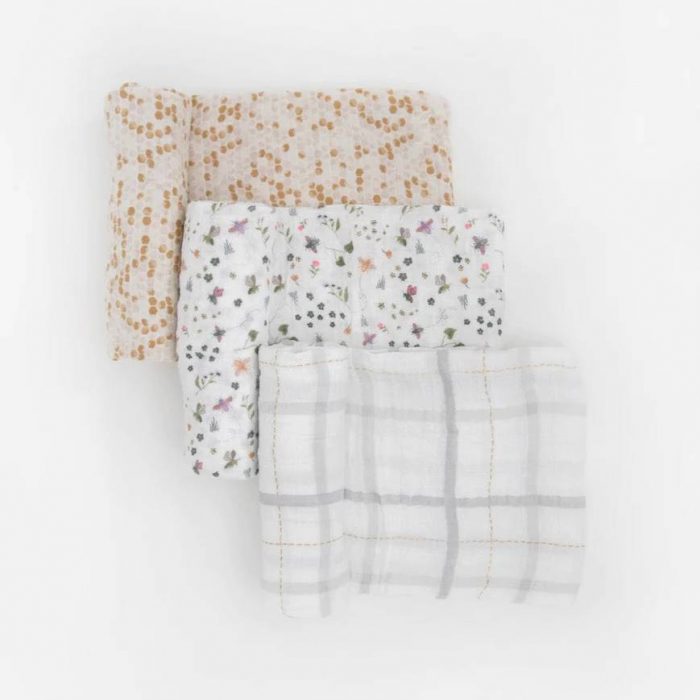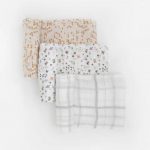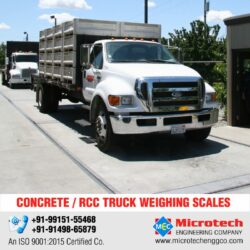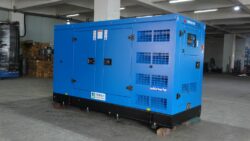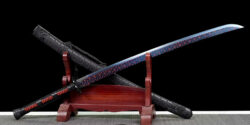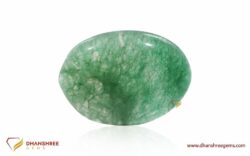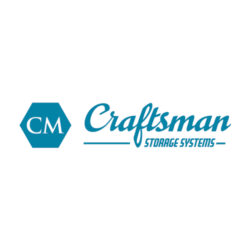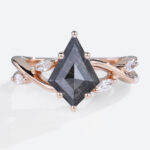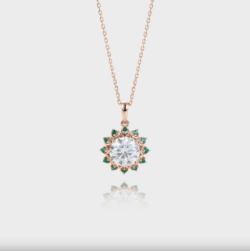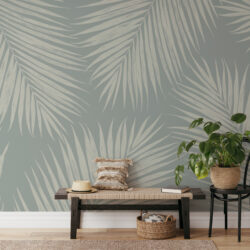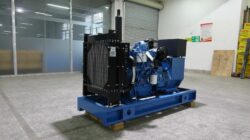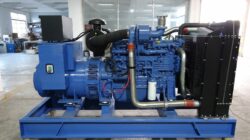What to Look for When Shopping for a Baby Comfort Blanket?
When it comes to ensuring the comfort and security of your little one, few things are as cherished as a baby comfort blanket. These soft and cuddly companions can provide a sense of comfort and reassurance to your infant, making them an essential item in the world of baby gear. However, not all baby comfort blankets are created equal, and choosing the right one can make a significant difference in your baby’s sleep and overall well-being. In this guide, we will explore the key factors to consider when shopping for a baby comfort blanket, helping you make an informed decision that both you and your baby will appreciate.
Why do Baby Comfort Blankets Matter?
Baby comfort blankets, often referred to as security blankets or loveys, serve an essential role in a child’s early development. Here are some reasons why they matter:
Comfort and Soothing: Baby comfort blankets offer a soothing touch and sense of security to infants and toddlers. They can help ease anxiety, especially during times of separation or bedtime.
Sleep Aid: Many parents find that a comfort blanket can be a valuable sleep aid. Babies often develop associations between their comfort blankets and sleep, which can make bedtime routines smoother.
Transitional Object: Comfort blankets can serve as a transitional object, helping children gradually develop independence and cope with separation from parents or caregivers.
Given their significance, choosing the right baby comfort blanket is essential. Here are the factors to consider:
Safety First
Safety should be your top priority when shopping for a baby comfort blanket. Infants are prone to putting everything in their mouths, so it’s crucial to select a blanket made from safe materials.
Hypoallergenic Materials: Opt for blankets made from hypoallergenic materials to minimize the risk of allergies or skin irritations.
Non-Toxic: Ensure the blanket is free from harmful chemicals, dyes, and additives. Look for products that are certified as non-toxic.
Choking Hazards: Check for small parts or embellishments that could pose a choking hazard. The blanket should have no loose threads, buttons, or other detachable elements.
Flame Resistance: Make sure the blanket complies with safety standards for flame resistance. This is especially important if your baby sleeps with the blanket.
Texture and Softness
The texture and softness of the baby comfort blanket play a significant role in providing comfort and sensory stimulation. Babies are sensitive to touch, so choose a blanket that feels pleasing against their skin.
Plush and Soft: Look for blankets made from plush, soft materials like organic cotton, fleece, or minky fabric. These materials are gentle on a baby’s delicate skin.
Texture Variety: Some babies may have specific texture preferences. Consider a blanket with different textures or patterns, like satin borders or raised dots, to cater to your baby’s preferences.
Breathability: Ensure the blanket is breathable to prevent overheating. Breathable materials like muslin or lightweight cotton are excellent choices.
Size and Portability
The size and portability of the baby comfort blanket can affect its practicality and convenience. Consider where and how you plan to use it.
Appropriate Size: Choose a size that is manageable for your baby to hold, carry, and snuggle with. Oversized blankets may be challenging for small hands to grasp.
Portability: If you intend to use the blanket while on the go, opt for a more compact design that fits easily in a diaper bag or stroller.
Durability
A well-loved baby comfort blanket can become a constant companion, so it needs to withstand the wear and tear of daily use.
Machine Washable: Check if the blanket is machine washable and easy to clean. Babies are messy, and you’ll want a blanket that can be quickly refreshed.
Stitching Quality: Examine the stitching and seams to ensure they are durable. Reinforced edges can prevent fraying and extend the blanket’s lifespan.
Fade Resistance: Choose a blanket with fade-resistant colours and patterns. It ensures that the blanket remains visually appealing over time.
Design and Aesthetics
While the primary purpose of a baby comfort blanket is comfort and security, the design and aesthetics also matter. Aesthetically pleasing blankets can be more appealing to both you and your baby.
Colour and Pattern: Consider your baby’s preferences and your own when selecting the colour and pattern of the blanket. Some babies may be drawn to bright colours, while others prefer pastels or neutral tones.
Character or Theme: Many baby comfort blankets feature beloved characters or themes from children’s literature or popular culture. These can add an element of familiarity and excitement for your child.
Personalization: Some blankets can be personalized with your baby’s name or initials, making them a cherished keepsake.
Maintenance and Cleaning
Babies are notorious for making messes, so it’s essential to choose a baby comfort blanket that is easy to clean and maintain.
Machine Washable: As mentioned earlier, opt for blankets that are machine washable. It will save you time and effort in cleaning.
Drying Method: Check whether the blanket can be safely dried in a machine or if it should be air-dried. Quick-drying options can be more convenient.
Stain Resistance: Look for blankets with stain-resistant properties. It can help prevent stubborn stains from setting in.
Multipurpose Functionality
Some baby comfort blankets offer additional functionality beyond providing comfort and security. Consider whether you want a blanket with extra features.
Teething Accessories: Some blankets come with built-in teething toys or accessories, which can be helpful when your baby starts teething.
Attachment Options: Look for blankets with attachment options, such as clips or loops, to secure them to a stroller or car seat.
Age Appropriateness
Baby comfort blankets can vary in design and features based on age suitability. Consider the age of your baby when choosing a blanket.
Infant vs. Toddler: Some blankets are designed specifically for infants, while others are more suitable for toddlers. Infant blankets may have features like teething toys, while toddler blankets may be larger and more decorative.
Reviews and Recommendations
Before making a final decision, take the time to read reviews and seek recommendations from other parents. Their experiences can provide valuable insights into the quality and effectiveness of a particular baby comfort blanket.
Online Reviews: Check online retailers and parenting forums for reviews from other parents who have purchased the same blanket.
Ask for Recommendations: If you have friends or family members with children, ask them for recommendations based on their experiences.
Budget Considerations
Baby comforter Brisbane comes in a wide range of price points. While it’s crucial to invest in a quality blanket, consider your budget and choose a product that offers the best value for your money.
Quality vs. Price: Balance between quality and price. Sometimes, a slightly higher upfront cost can save you money in the long run if the blanket lasts longer.
Warranty or Guarantee: Check if the manufacturer offers any warranties or guarantees. It can provide peace of mind regarding the product’s durability.
Conclusion
In conclusion, shopping for a baby comfort blanket is not a decision to be taken lightly. The right blanket can provide comfort and security and even aid in your baby’s sleep routines. By prioritizing safety, texture, size, durability, design, and ease of maintenance, you can find the perfect baby comfort blanket for your little one. Remember that personal preferences and your baby’s age will also play a role in your decision-making process. Ultimately, the goal is to select a blanket that brings both you and your baby joy and comfort during those precious early years.
